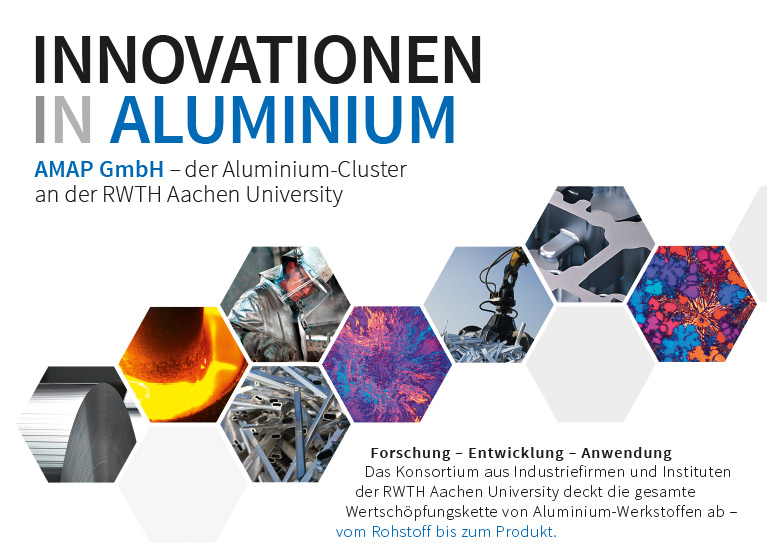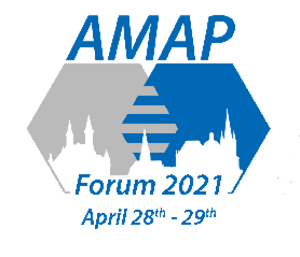Keynote Speech II- Challenges in removal of dissolved and dispersed Impurities
Bernd Friedrich
IME RWTH Aachen University
Summary
The content of inclusions is decisive for the product quality of an aluminum alloy. Inclusions influence the mechanical properties, formability and surface quality and must therefore be removed in order to achieve the desired product qualities, as Bernd Friedrich from IME RWTH Aachen University pointed out in his opening statement on the topic of “Challenges in removal of dissolved and dispersed impurities”.
Inclusions come from a wide variety of sources in the individual process stages. During melting in the recycling furnace, all kinds of oxides, carbides, nitrides, hydrogen and halogens occur in addition to metallic impurities in the scrap used either in shredder or bale form. But also during the electrolysis of primary aluminum, during subsequent furnace treatment, in the foundry's melting furnace, in billet casting plants and during rolling slab casting: New oxides are added at every stage of the liquid phase.
Dissolved and dispersed impurities occur in aluminum in different forms and morphologies and influence the product quality. Both dissolved and dispersed impurities must be removed as far as possible. For most dissolved metals, dilution is the state of the art for cleaning.
Dispersed non-metallic inclusions (NMIs) are characterized by diversity and unpredictable distribution. The main mechanisms of inclusion generation of NMIs are pigments, refractories, atmosphere, alloying elements and feedstocks.
Inclusion characteristics such as size range, wettability and concentration as well as movement and interaction within melts influence the removal and detection efficiency.
In conclusion, Friedrich states that the more secondary Al sources are used for aluminum production, the greater the challenges for melt purification. In order to better design the removal process, the behavior of the particles in the melt must be better understood. This requires finer detection methods to provide a solid basis for improving the removal process.


